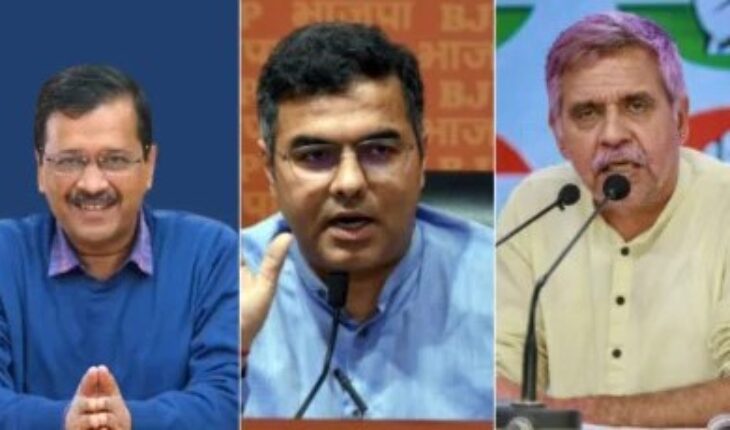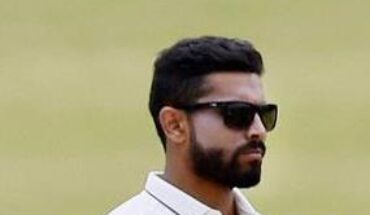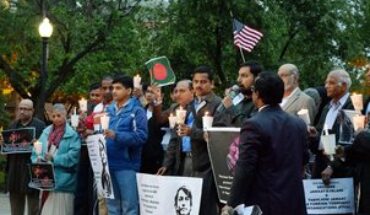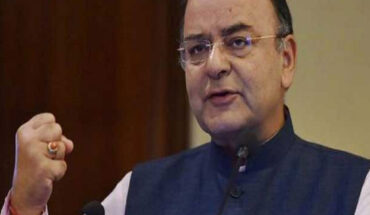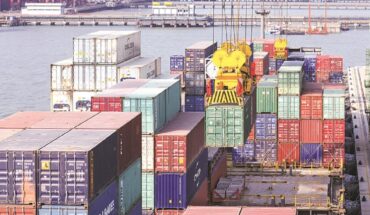As Delhi prepares for the 2025 assembly elections, the political terrain is laden with challenges and unpredictability for the political parties, specifically Congress.Once the ruling powerhouse of the capital, Congress now finds itself battling for relevance against two dominant players: the incumbent Aam Aadmi Party (AAP) and the nationally ascendant Bharatiya Janata Party (BJP). The election presents Congress with a crucial test—not just to revive its flagging fortunes but also to navigate the complex dynamics of a city that has largely shifted its allegiance to AAP over the past decade.
The immediate challenge for Congress lies in positioning itself as a viable alternative to AAP, which has built a stronghold on the back of its welfare schemes. Since coming to power in 2015, AAP has redefined governance in Delhi through initiatives like free electricity and water, Mohalla Clinics, and the transformation of government schools. These policies have resonated deeply with the urban poor and middle-class voters, creating a perception of a government that directly addresses their needs. For Congress, the task is not merely to replicate these schemes but to convince voters that it can offer something more comprehensive and sustainable.
Congress’s strategy has centered on reviving its appeal through a new wave of welfare promises. The party has pledged subsidized housing, enhanced pensions for senior citizens, and targeted employment programs aimed at the youth. These proposals echo the developmental agenda of Sheila Dikshit’s tenure, which is still remembered fondly by many Delhiites. However, the political context has shifted dramatically since Dikshit’s era. AAP’s dominance has redefined voter expectations, and Congress’s promises often come across as reactive rather than innovative.
Adding to Congress’s woes is its organizational weakness. The party’s grassroots machinery, once a formidable force in Delhi, has been severely eroded over the years. Internal divisions, an aging leadership, and the defection of key leaders to AAP and BJP have left Congress struggling to rebuild its base. Moreover, its traditional support groups—minorities, Dalits, and the urban poor—have largely aligned with AAP, further complicating Congress’s efforts to reclaim lost ground.
Despite these challenges, Congress sees an opportunity in the growing discontent with AAP’s governance. While AAP’s welfare schemes have been widely appreciated, allegations of corruption, inefficiencies in service delivery, and the financial strain of sustaining these programs have sparked criticism. Congress aims to exploit these cracks by emphasizing its administrative experience and presenting itself as a party that can deliver both welfare and economic stability.
At the same time, the BJP’s presence as a steady third force adds another layer of complexity to the contest. While BJP remains a formidable player in national politics, its performance in Delhi assembly elections has been less impressive. The party’s management of municipal corporations has drawn widespread criticism for inefficiencies and corruption, tarnishing its image as a governance-focused party. Yet, in a triangular contest, BJP could emerge as a beneficiary of vote-splitting between AAP and Congress, potentially securing key constituencies with a modest vote share.
The phenomenon of vote polarization has been a defining feature of Delhi’s electoral politics since 2013, when AAP first disrupted the status quo. In that election, Congress’s vote share plummeted from 40.31% in 2008 to 24.55%, as AAP captured 29.49% of the vote. By 2015, AAP had consolidated its position, winning a landslide victory with 54.34% of the vote while Congress was reduced to just 9.65%. The 2020 elections cemented AAP’s dominance, as Congress failed to win a single seat. These trends highlight the extent to which Congress’s traditional voter base has shifted, primarily toward AAP.
To reverse this trend, Congress must address deep-seated structural issues. Rebuilding its cadre base, reconnecting with alienated voters, and presenting a clear and compelling vision for Delhi’s future are critical. The party cannot afford to rely solely on welfare promises; it must also address pressing challenges like pollution, urban infrastructure, and employment generation. By framing itself as a party that combines welfare with long-term development, Congress can hope to regain its lost credibility.
AAP, meanwhile, faces its own set of challenges. As the ruling party, it must defend its governance record while countering the narratives of its rivals. The sustainability of its welfare schemes remains a contentious issue, with critics questioning their long-term viability in the face of fiscal constraints. Additionally, any perceived lapses in governance could provide Congress and BJP with ammunition to erode AAP’s support base.
For BJP, the focus will likely remain on leveraging its central leadership’s popularity and pushing a narrative of nationalism and development. However, its ability to make significant inroads in the assembly elections will depend on its capacity to address local issues and present a coherent vision for Delhi’s future. The party’s reliance on polarizing rhetoric and top-down campaigning may not be enough to sway voters who prioritize governance and service delivery.
The 2025 elections in Delhi are shaping up to be a high-stakes battle for all three major players. For Congress, the election represents a do-or-die moment to prove that it remains a relevant political force in the capital. For AAP, the challenge is to maintain its dominance against an increasingly competitive opposition. For BJP, the goal is to capitalize on a fragmented opposition and secure key gains in the assembly.
As the campaign season intensifies, Delhi’s voters will be confronted with a choice beyond party lines. The election will be a referendum on competing governance models, leadership styles, and visions for the city’s future. Will voters reaffirm their faith in AAP’s welfare-driven governance? Will Congress’s promises of economic relief and inclusive development strike a chord? Or will a divided opposition pave the way for BJP to emerge as a surprise victor? These questions will define the narrative of the 2025 elections, setting the stage for one of the most closely watched contests in the country.
The writer is a working journalist and alumna of IIM-Calcutta.


